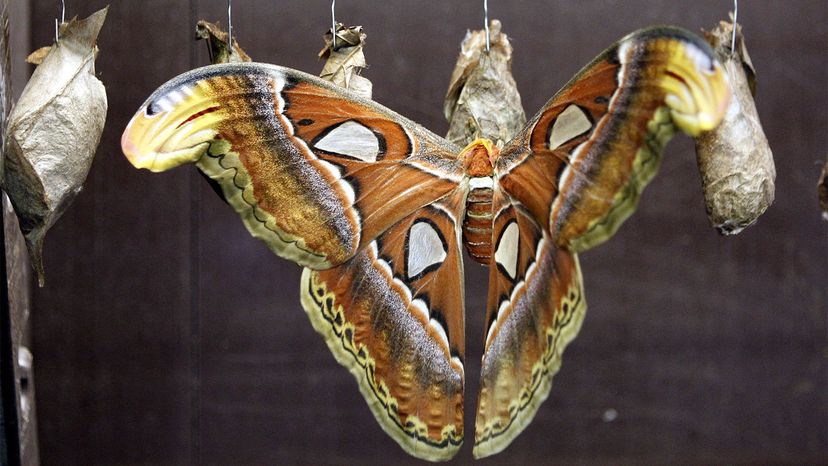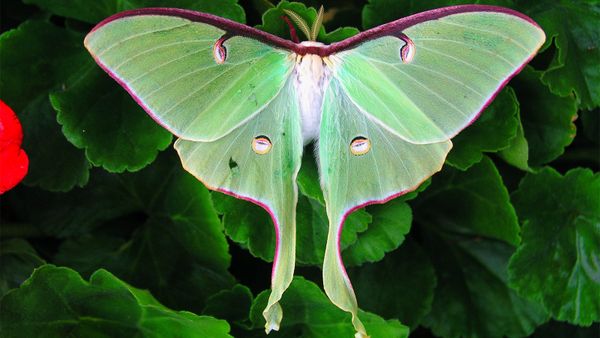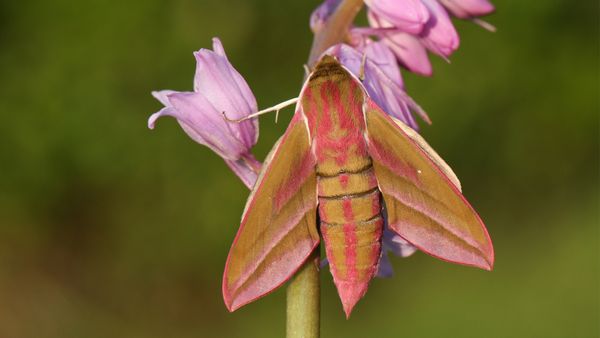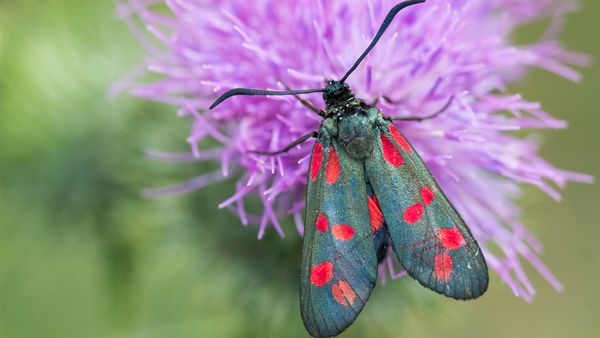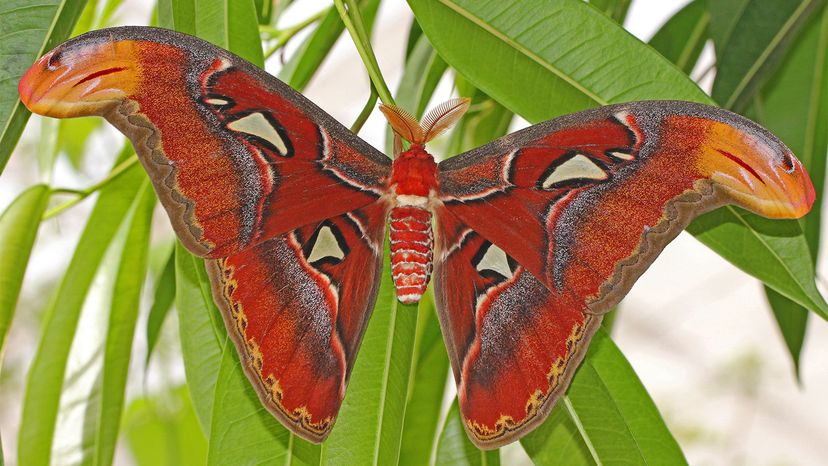
Among the 160,000 Lepidoptera species of moths, the Atlas moth stands out as one of the largest in size and one of the shortest in life span. The Atlas moth also has a striking appearance, with large and colorful wings that could easily rival any beautiful butterfly.
Although the Atlas moth life cycle may seem simple, this giant moth plays a complex role in its natural habitat, where its adult life is driven by a primary reproductive urge as soon as the sun sets. What other secrets does the Atlas moth carry? Check out these surprising facts about the Atlas moth.
Advertisement
